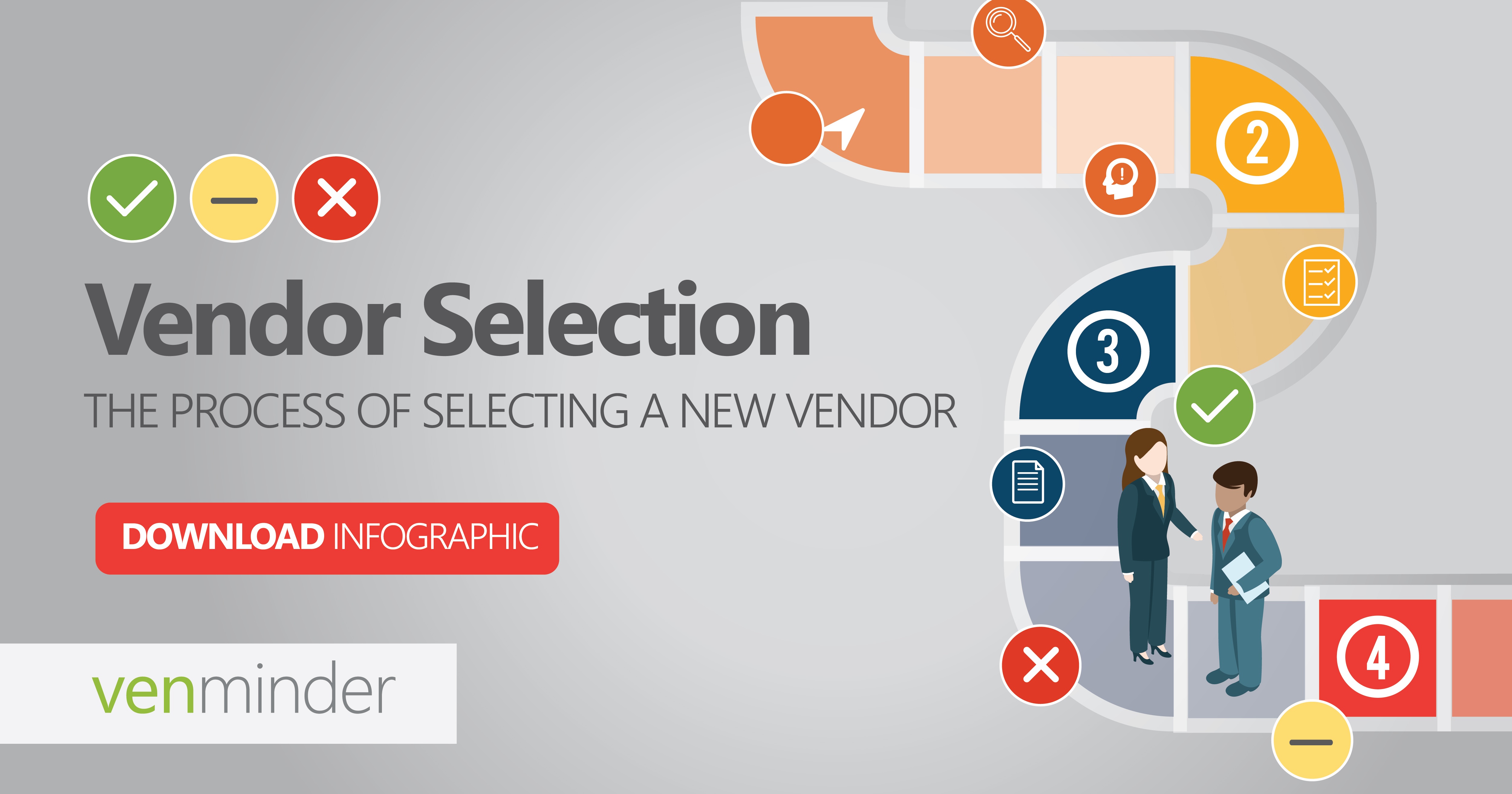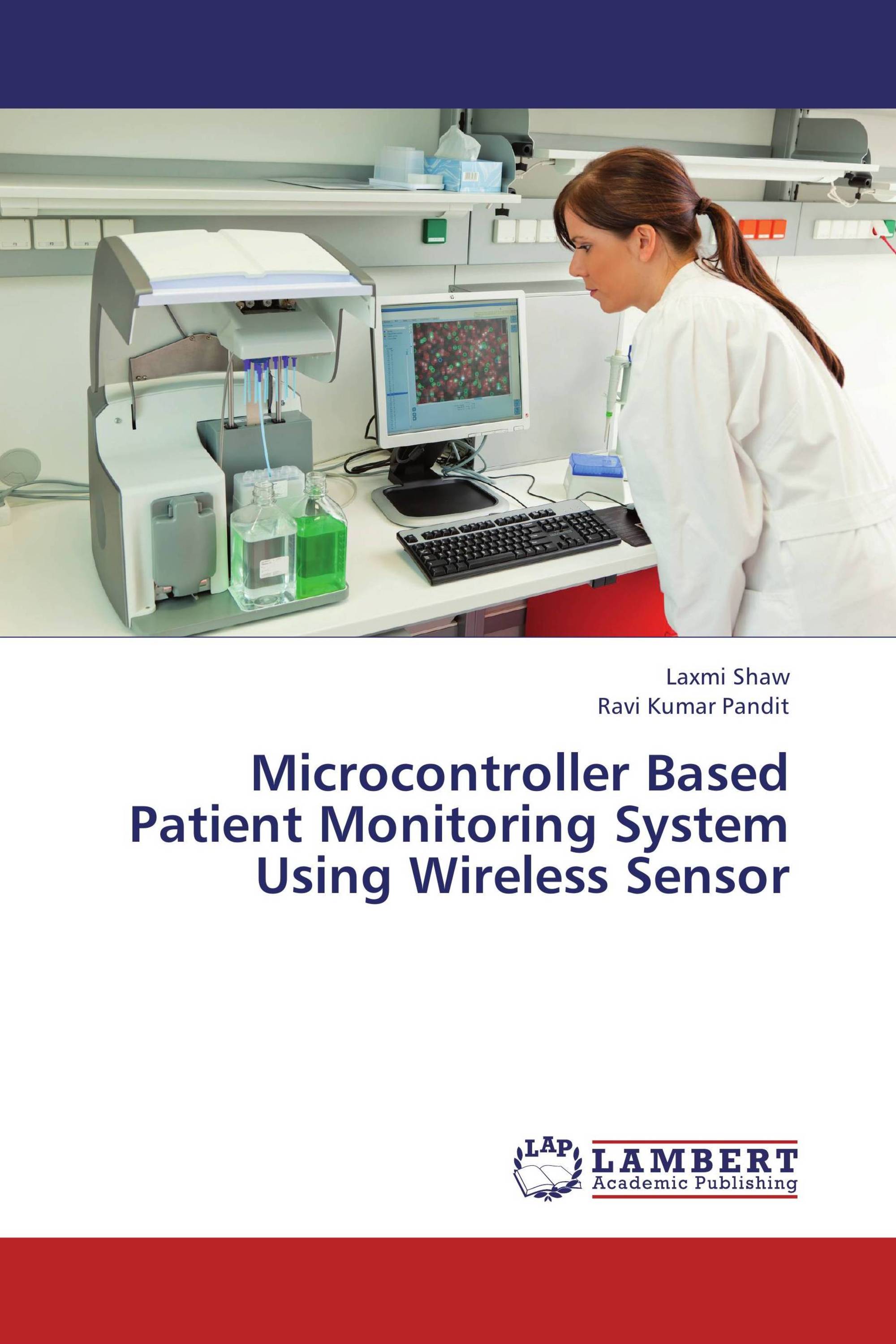IP Based Patient Monitoring System Presentation
| Introduction to IP Based Patient Monitoring System | ||
|---|---|---|
| IP based patient monitoring system is a technology that allows healthcare providers to remotely monitor the vital signs and health status of patients using internet protocol (IP) networks. This system enables real-time monitoring of patients' physiological data, such as heart rate, blood pressure, temperature, and oxygen saturation levels, from a centralized location. It offers healthcare professionals the ability to provide timely and proactive care to patients, improving patient outcomes and reducing healthcare costs. |  | |
| 1 | ||
| Benefits of IP Based Patient Monitoring System | ||
|---|---|---|
| Improved Patient Safety: Continuous monitoring of vital signs allows healthcare providers to detect any anomalies or deteriorations in a patient's health, enabling prompt intervention. Enhanced Efficiency: Remote monitoring eliminates the need for frequent in-person visits, reducing the burden on healthcare facilities and enabling providers to monitor multiple patients simultaneously. Cost Savings: IP based patient monitoring system can potentially reduce hospital readmissions and emergency visits, resulting in cost savings for the healthcare system. |  | |
| 2 | ||
| Key Components of IP Based Patient Monitoring System | ||
|---|---|---|
| Wearable Sensors: These sensors capture and transmit patient's vital signs to a central monitoring station using IP networks. Gateway Devices: These devices act as a bridge between wearable sensors and the central monitoring station, ensuring secure and reliable data transmission. Central Monitoring Station: This is where healthcare professionals can access and monitor real-time patient data, set alarms for critical values, and view historical trends. |  | |
| 3 | ||
| Network Infrastructure Requirements | ||
|---|---|---|
| Reliable Internet Connection: A stable and high-speed internet connection is essential for continuous data transmission between wearable sensors and the central monitoring station. Data Security: Robust security measures, such as encryption and authentication protocols, should be in place to protect patient data from unauthorized access or breaches. Scalability: The network infrastructure should be scalable to accommodate increasing numbers of patient monitoring devices and expanding healthcare facilities. |  | |
| 4 | ||
| Integration with Electronic Health Records (EHR) | ||
|---|---|---|
| Integration with EHR systems allows seamless transfer of patient data between the IP based patient monitoring system and the patient's electronic health record. This integration provides healthcare providers with a comprehensive view of the patient's health information, enabling more informed decision-making and coordinated care. It also reduces the risk of data duplication or errors, as patient data is automatically updated in the EHR. | ||
| 5 | ||
| Challenges and Considerations | ||
|---|---|---|
| Privacy Concerns: Patient monitoring systems handle sensitive health information, necessitating compliance with privacy regulations, such as HIPAA, to protect patient confidentiality. Interoperability: Ensuring compatibility and seamless integration of IP based patient monitoring systems with existing healthcare IT infrastructure can be a challenge. User Training: Healthcare professionals need proper training to effectively use and interpret the data provided by the monitoring system, ensuring accurate decision-making. |  | |
| 6 | ||
| Implementation Considerations | ||
|---|---|---|
| Vendor Selection: Choosing a reliable and experienced vendor is crucial for successful implementation and support of the IP based patient monitoring system. Clinical Workflow Integration: The system should align with existing clinical workflows to minimize disruption and maximize efficiency. Patient Education: Educating patients about the benefits and proper use of the monitoring system is vital for their active participation and compliance. | ||
| 7 | ||
| Case Studies | ||
|---|---|---|
| XYZ Hospital: Implemented an IP based patient monitoring system, resulting in a 20% reduction in ICU readmissions and improved patient outcomes. ABC Clinic: Integrated the system with their EHR, leading to streamlined documentation, reduced transcription errors, and enhanced care coordination. Your third bullet |  | |
| 8 | ||
| Future Trends | ||
|---|---|---|
| Artificial Intelligence (AI) Integration: AI algorithms can analyze patient data in real-time, providing predictive analytics and early warning systems for proactive patient care. Mobile Applications: IP based patient monitoring systems are increasingly being integrated with mobile applications, enabling patients to actively participate in their own care management. Remote Patient Monitoring: Advancements in wearable technology and telecommunication infrastructure will further enhance the capabilities of IP based patient monitoring, enabling continuous remote monitoring of patients. |  | |
| 9 | ||
| Conclusion | ||
|---|---|---|
| IP based patient monitoring system offers significant benefits in terms of patient safety, efficiency, and cost savings. With proper infrastructure, integration, and training, this technology can revolutionize healthcare delivery and improve patient outcomes. Healthcare providers must carefully consider the challenges and implementation considerations to ensure successful adoption and maximize the potential benefits. | ||
| 10 | ||
| References (download PPTX file for details) | ||
|---|---|---|
| Reference 1: Smith, J. (2019). The Impact of ... Reference 2: Johnson, A. R. (2020). Implement... Reference 3: Wang, L., & Chen, W. (2018). Fut... |  | |
| 11 | ||


